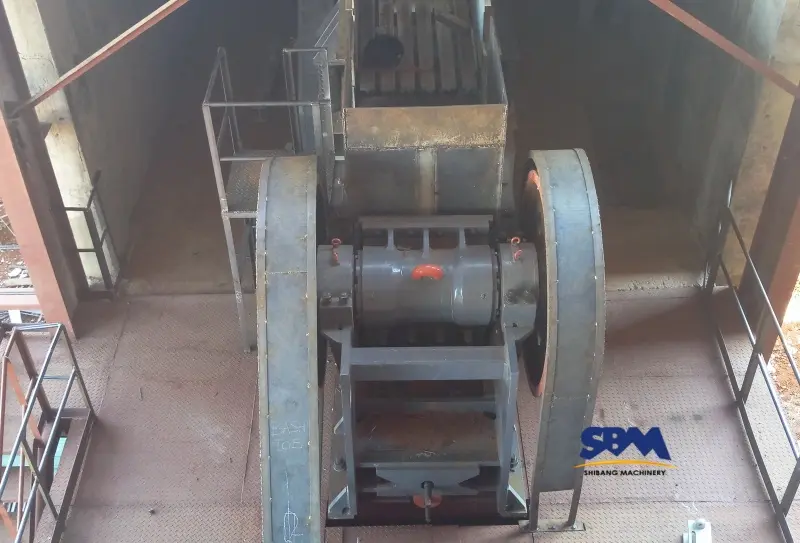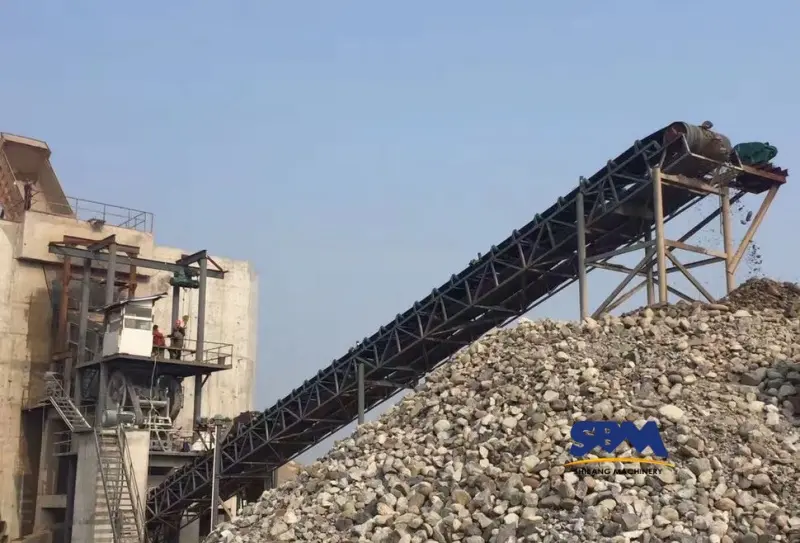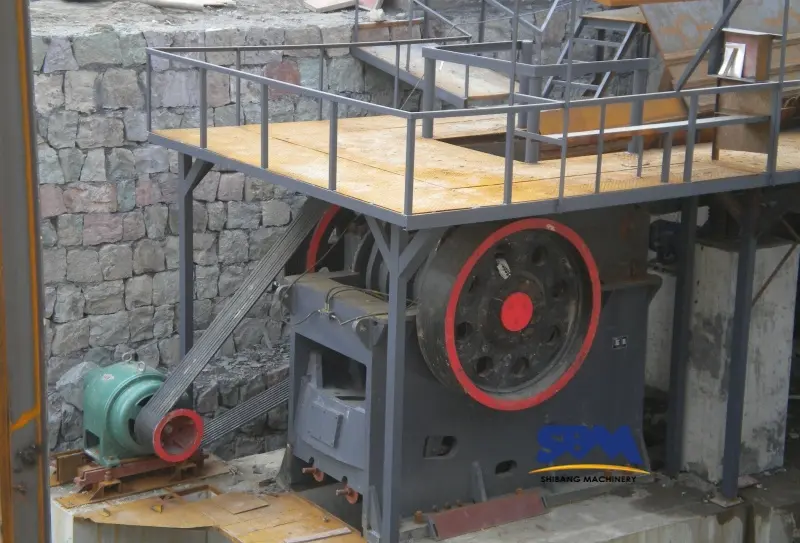E-pos: [email protected]
Understanding the Key Components of Impact Crushers for Optimal Crushing Efficiency
This guide explores the key components of impact crushers, their functions, and real-world applications in global industries.
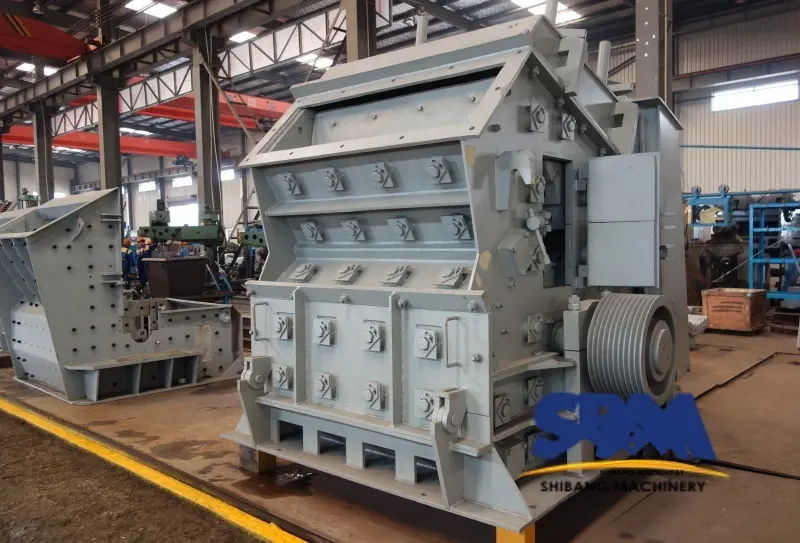
Key Components of Impact Crushers
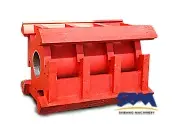
1. Rotor Assembly: The Heart of Crushing Efficiency
The rotor is the central rotating element that generates the force needed to crush materials. Equipped with hammers or blow bars, it spins at high speeds to strike incoming feed. Byvoorbeeld, the VSI6X sand making machine (producing 100–583 tons/hour) uses a heavy-duty rotor with wear-resistant alloys, ideal for processing granite in UK quarries.
Key Features:
- Blow Bars: Replaceable metal bars attached to the rotor.
- Rotor Discs: Secure blow bars and balance rotation.
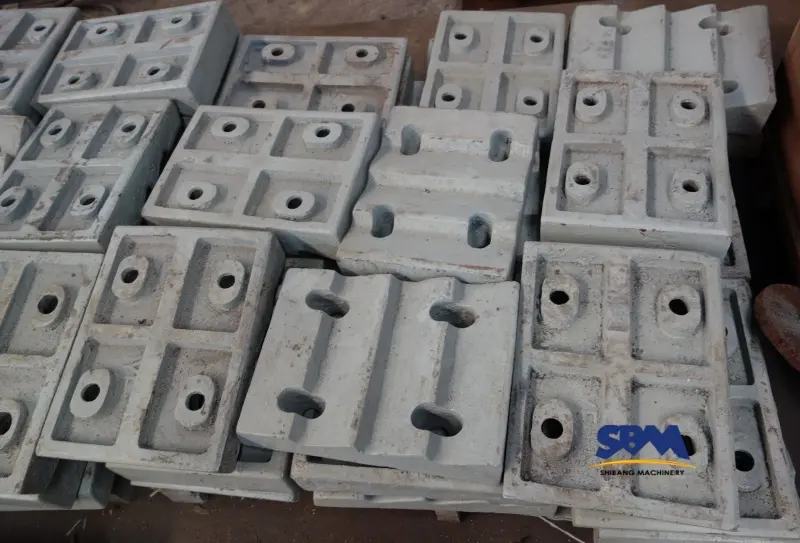
2. Impact Aprons and Grates: Shaping the Final Product
Impact aprons (or breaker plates) line the crushing chamber, redirecting materials for secondary collisions. Adjustable grates control output size, ensuring uniformity. A German recycling plant using a VSI breker (60–520 tons/hour) reported a 30% improvement in slag recycling efficiency by optimizing apron gaps.
3. Ry stelsel: Powering Performance
The motor and belt/pulley system drive the rotor. High-torque motors, like the 315 kW unit in the tertiary crusher, enable consistent crushing of hard rocks in U.S. mynbedrywighede.
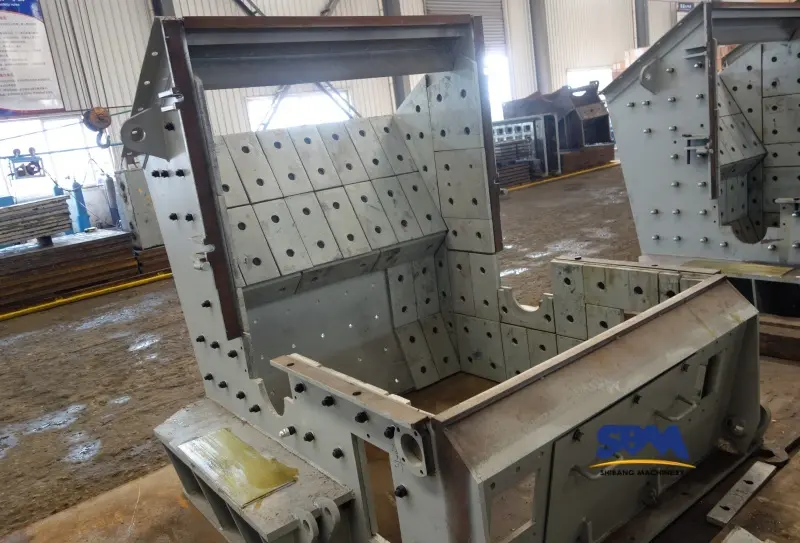
4. Housing and Frame: Durability Under Pressure
The crusher’s outer structure withstands extreme forces. Robust steel frames, such as those in primary impact crushers, ensure stability during high-volume operations6.
Global Applications of Impact Crushers
Gevallestudie 1: Fixed Crusher for Slag Recycling in Germany
A steel plant in Dortmund uses a PFW impact crusher to process 400 tons of slag daily. Adjustable aprons and tungsten carbide blow bars reduce wear, achieving 95% material reuse.
Gevallestudie 2: How to Crush Rocks Efficiently in Australia
A Queensland quarry employs an CI5X Impact crusher with a multi-functional rotor to produce road base aggregates. Its 585-ton/hour capacity cuts operational costs by 20%.
Maintenance Tips for Longevity
- Inspect Blow Bars Regularly: Replace worn bars to maintain crushing efficiency.
- Lubricate Bearings: Prevent overheating in the drive system.
- Adjust Apron Gaps: Optimize output size for specific materials like limestone or recycled concrete.
Afsluiting: Optimizing Impact Crusher Performance
From the rotor to the housing, key components of impact crushers play a critical role in material processing. Whether for slag recycling or rock crushing, selecting the right impact crusher model—such as PF, PFW, CI5X, ALMAL, VSI5X or VSI6X—ensures high efficiency and cost savings. For tailored solutions, explore our guides on verpletterende doeltreffendheid en how to crush rocks effectively.
Hoofkwartierkantoor
Whatsapp:+8615225176731
E-pos: [email protected]
Adres: Geen. 1688, Gaoke East Road, Pudong nuwe distrik, Sjanghai, Sjina.
Webwerf: https://www.mill-sbm.com/
Artikelinhoud
Onlangse plasings
- Gold Ore Processing: Jaw Crusher EfficiencyEffective gold ore processing hinges on precise crushing operations, where jaw crushers convert rugged deposits into optimized feedstock. Discover how to fine-tune these machines for peak productivity without compromising worksite…
- Crushing River Gravel with Jaw CrushersA cornerstone of modern construction, river gravel delivers unmatched toughness and adaptability for roads, concrete, and erosion control. Yet its rugged, irregular nature demands machinery built to endure—enter jaw crushers.…
- How to Choose the Right Jaw Crusher Size for Your Industry?Selecting the right jaw crusher size isn’t a guessing game—it’s a science rooted in material dynamics and operational calculus. For industries from hard-rock mining to urban concrete recycling, even a…

